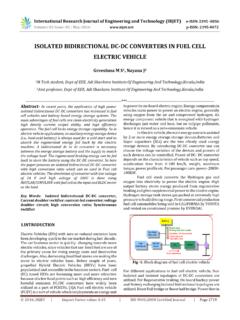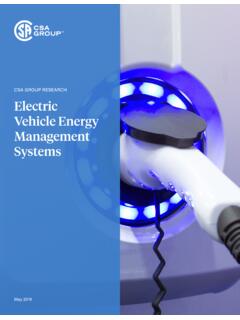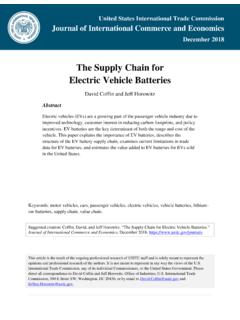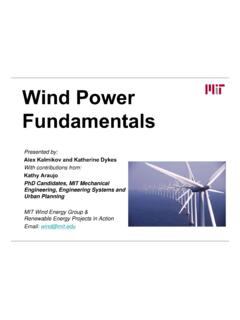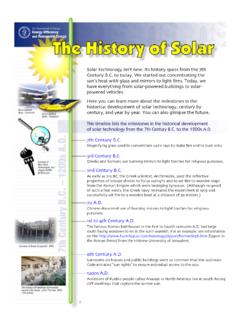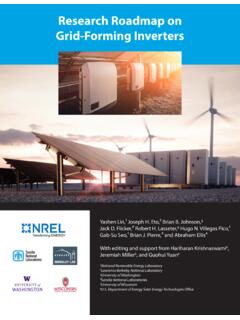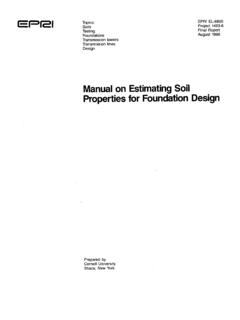Transcription of ELECTRIC VEHICLE (Construction and Working principle)
1 International research Journal of Engineering and Technology (IRJET) e-ISSN: 2395-0056 Volume: 07 Issue: 10 | Oct 2020 p-ISSN: 2395-0072 2020, IRJET | Impact Factor value: | ISO 9001:2008 Certified Journal | Page 140 ELECTRIC VEHICLE (Construction and Working principle) Rohan Sarode1, Ankita Eadke2 1 Bachelor of Engineering, Dept. of Mechanical Engineering, G. H. Raisoni institute of Engineering and Management, Jalgaon, Maharashtra, India 2 Bachelor of Engineering Student, Dept.
2 Of Electronics and Telecommunications, JSPM Narhe, technical campus, Pune, Maharashtra, India ---------------------------------------- -----------------------------**--------- ---------------------------------------- ---------------------Abstract - We all know that, fossil fuel is demolishing day by day so, we have a great challenge to find alternative way to overcome this issue. Now, our main focus is our Automobile sector, the recent development and technology changes this sector very dramatically. The one is ELECTRIC VEHICLE (EV), the main aim of paper is to explain the importance of ELECTRIC VEHICLE and how we are reducing greenhouse gas emission from the Environment.
3 This Paper deals with basic concept of ELECTRIC VEHICLE and also explained all possible type of ELECTRIC VEHICLE . At last we have given a brief description of ELECTRIC VEHICLE (EV). Key Words: Fossil fuel, alternative way, ELECTRIC VEHICLE (EV), emission, Environment 1. INTRODUCTION In recent some years, Greenhouse gas problem increases day by day and also the gasoline fuel rate increases nearly about 90 Rs/li. In daily life routine, public transportation is very important but the fuel rate, some people avoid using bikes or cars.
4 So, many automobile manufacturer and new companies put their effort to convert the conventional VEHICLE into ELECTRIC VEHICLE that provide reliable solution. A VEHICLE is propelled with ELECTRIC motors and draw power from onboard ELECTRIC source is an ELECTRIC VEHICLE . It is more durable and mechanically simpler than gasoline VEHICLE . It gives more fuel efficiency than gasoline because it does not produce emission like Internal combustion engine. However, automobile industry is not completely moving towards pure ELECTRIC cars because there is inherent problem of existing batteries technology.
5 For storing the ELECTRIC energy, most common storage device used in ELECTRIC VEHICLE is battery. It can store large amount of energy in a small volume and weight. The recent report shows that there were more VEHICLE running on a gasoline product in past few years but now the report has been changed with increasing the usage of Hybrid and ELECTRIC VEHICLE . Presently people are more inclined towards the Hybrid VEHICLE but the future will be totally based on electrification. 2. COMPONENTS OF ELECTRIC VEHICLE (EV) There are three important components in ELECTRIC VEHICLE namely, 1.
6 Motor 2. Motor Controller 3. Battery MOTOR The main function of motor is to convert supplied ELECTRIC energy current in to mechanical energy. Brushless DC motor (BLDC) have been much focused for many motor manufacturers. These are more effective in term of System cost, size, higher in efficiency, excellent controllability and also power saving than other motor. It has only two basic main parts Rotor and stator. The rotor is rotating part which carry permanent magnet and stator is stationary part and containing stator winding.
7 The structure of stator is similar to the induction motor. It is made up of steel lamination with axially cut for winding. Fig -1: BLDC Motor MOTOR CONTORLLER In most of the ELECTRIC VEHICLE , Brushless DC motor is used which is better than brushed DC motor, permanent magnet DC motor. Brushless DC motor does not have brush and commutator, the ELECTRIC VEHICLE which uses brushless DC motor has to use motor controller which helps to control various properties of motor to take sufficient current and International research Journal of Engineering and Technology (IRJET) e-ISSN: 2395-0056 Volume: 07 Issue: 10 | Oct 2020 p-ISSN.
8 2395-0072 2020, IRJET | Impact Factor value: | ISO 9001:2008 Certified Journal | Page 141 voltage applied to motor. When accelerating pedal is press, this linked variable resistor type controller gives signal to the motor controller to adjust speed as per our needs. The motor controller has no power when VEHICLE is at rest position. Fig -2: Motor controller BATTERY The main function of battery is to store ELECTRIC energy. Most Hybrid and ELECTRIC VEHICLE used lithium ion batteries.
9 This storage system is usually essential for hybrid ELECTRIC VEHICLE , Plug in hybrid ELECTRIC VEHICLE and all types of ELECTRIC vehicles. Due to advancing technologies, most of automobile manufacturer uses rechargeable batteries. The different type of batteries along with their characteristics are shown in Table. Battery type Lead Acid Ni Cd Ni - Mh Lithium - ion power density 180 150 250-1000 1800 Nominal voltage 2V Energy Density 30-50 45-80 60-120 110-160 Overcharge Tolerance High Moderate Low Very low Life cycle 200-300 1500 300-500 500-1000 Operating temperature -20-60 C - 40-60 C -20-60 C -20-60 C Self-discharge Low Moderate High Very low Table -1: Types of Battery 3.
10 CONSTRUCION AND Working PRINCIPLE OF ELECTRIC VEHICLE Fig -3: Construction and Working principle of ELECTRIC VEHICLE (EV) Basically, ELECTRIC VEHICLE is necessary for saving fossil fuel. The figure shows the simple construction of ELECTRIC VEHICLE . It consists of battery, motor controller, motor which is connected to the transmission system. Here, battery is the energy source which is charged by taking ELECTRIC current from the grid (In Solar power ELECTRIC VEHICLE , Battery is charged with the use of solar pv panel which is attached on the roof of the VEHICLE ).





